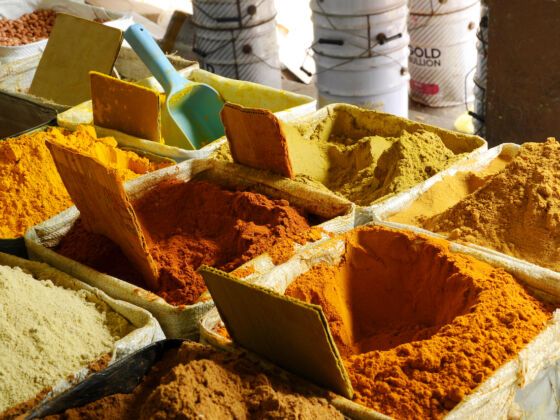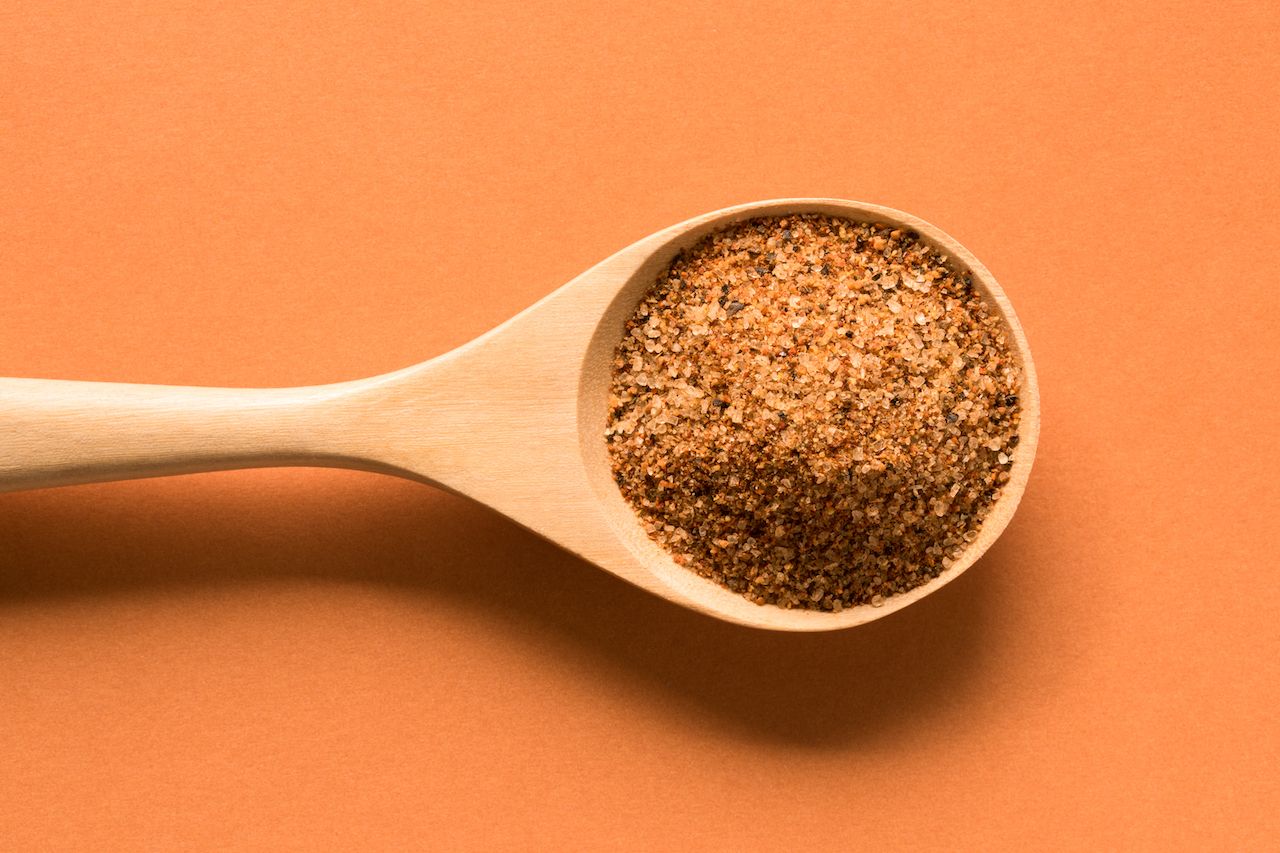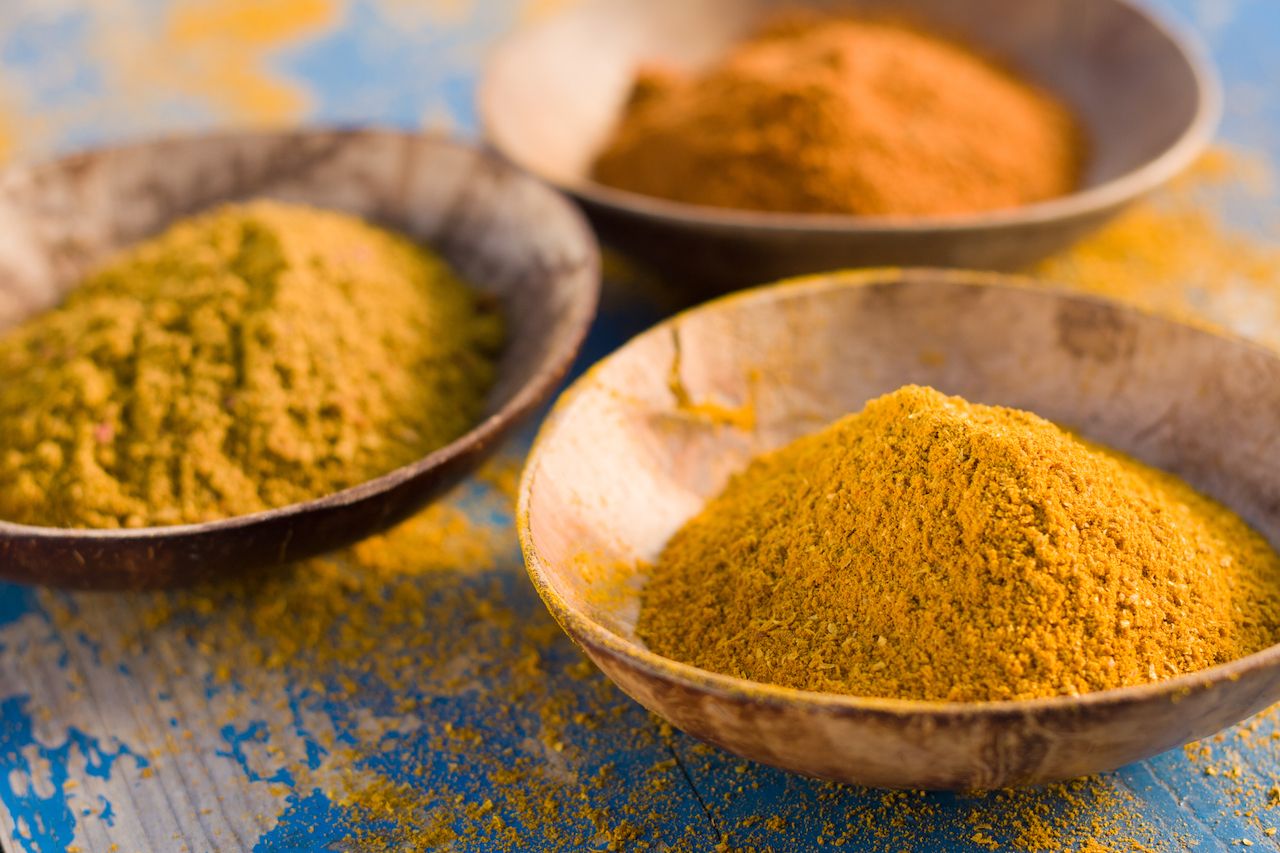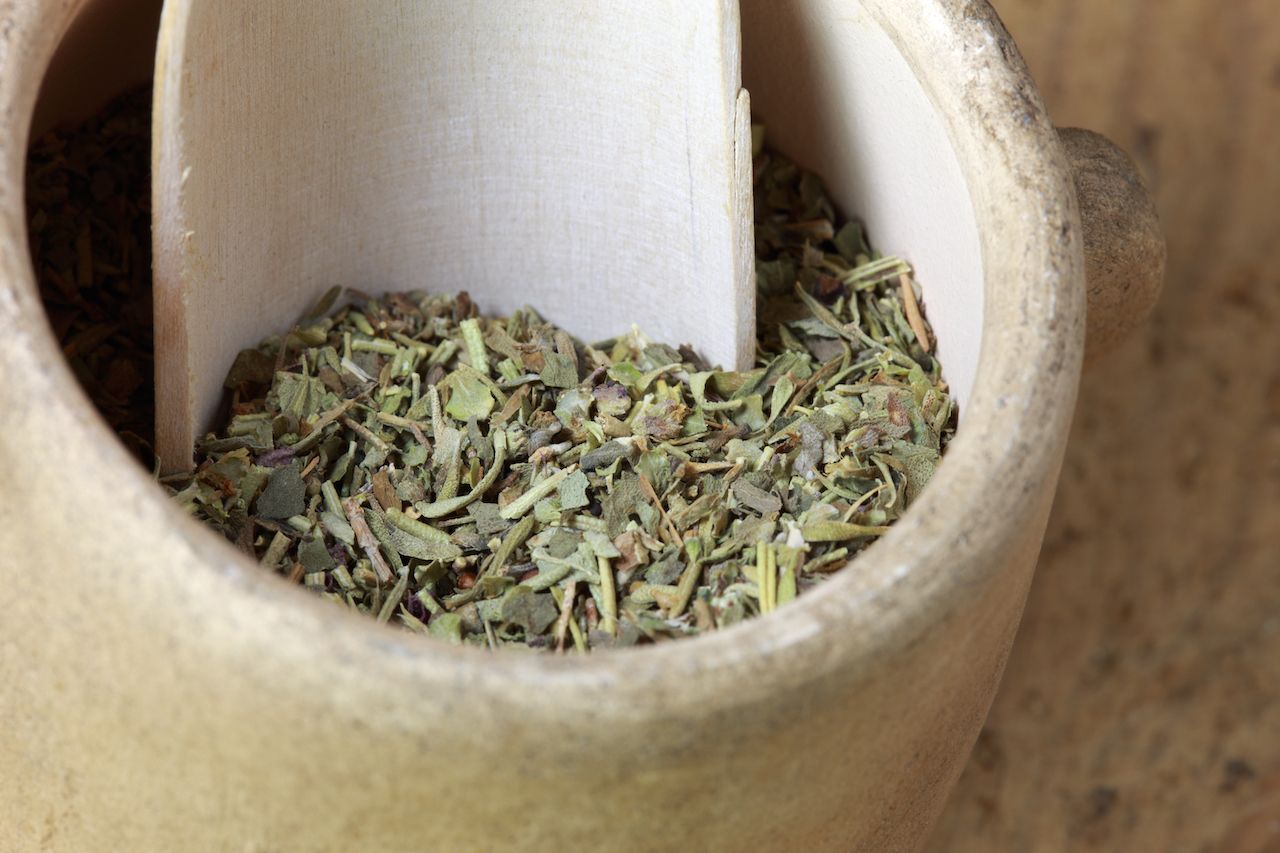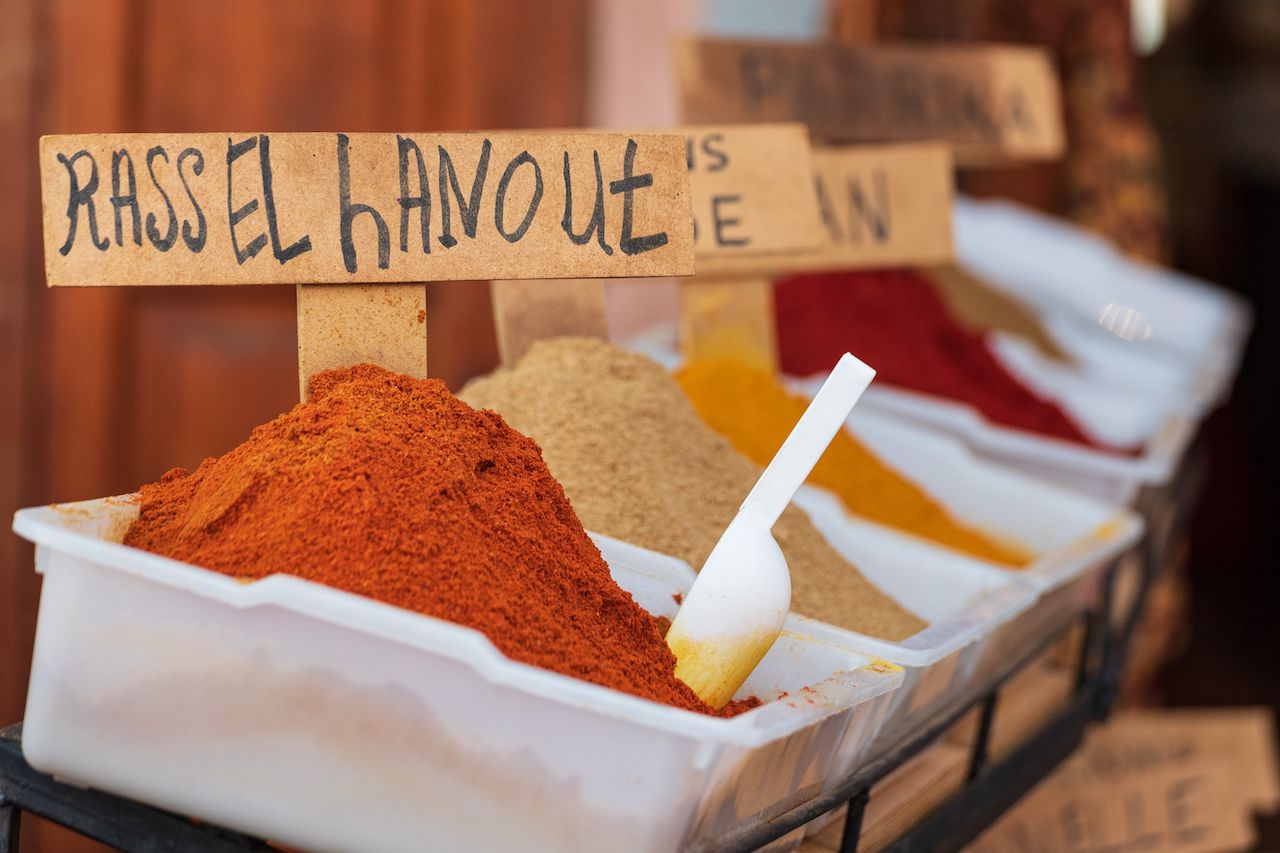The spices used in a dish can say a lot about a meal. They can give a clue to the cook’s background or the part of the world that the recipe comes from. A good spice mix can also, obviously, pump up the flavors. The best spice mixes tell a story — regardless of whether you know exactly what’s inside or not.
These 13 popular spice mixes from around the world do just that. Many of the blends below will vary in proportions and ingredients depending on the brand or cook, but listed are the most common.
